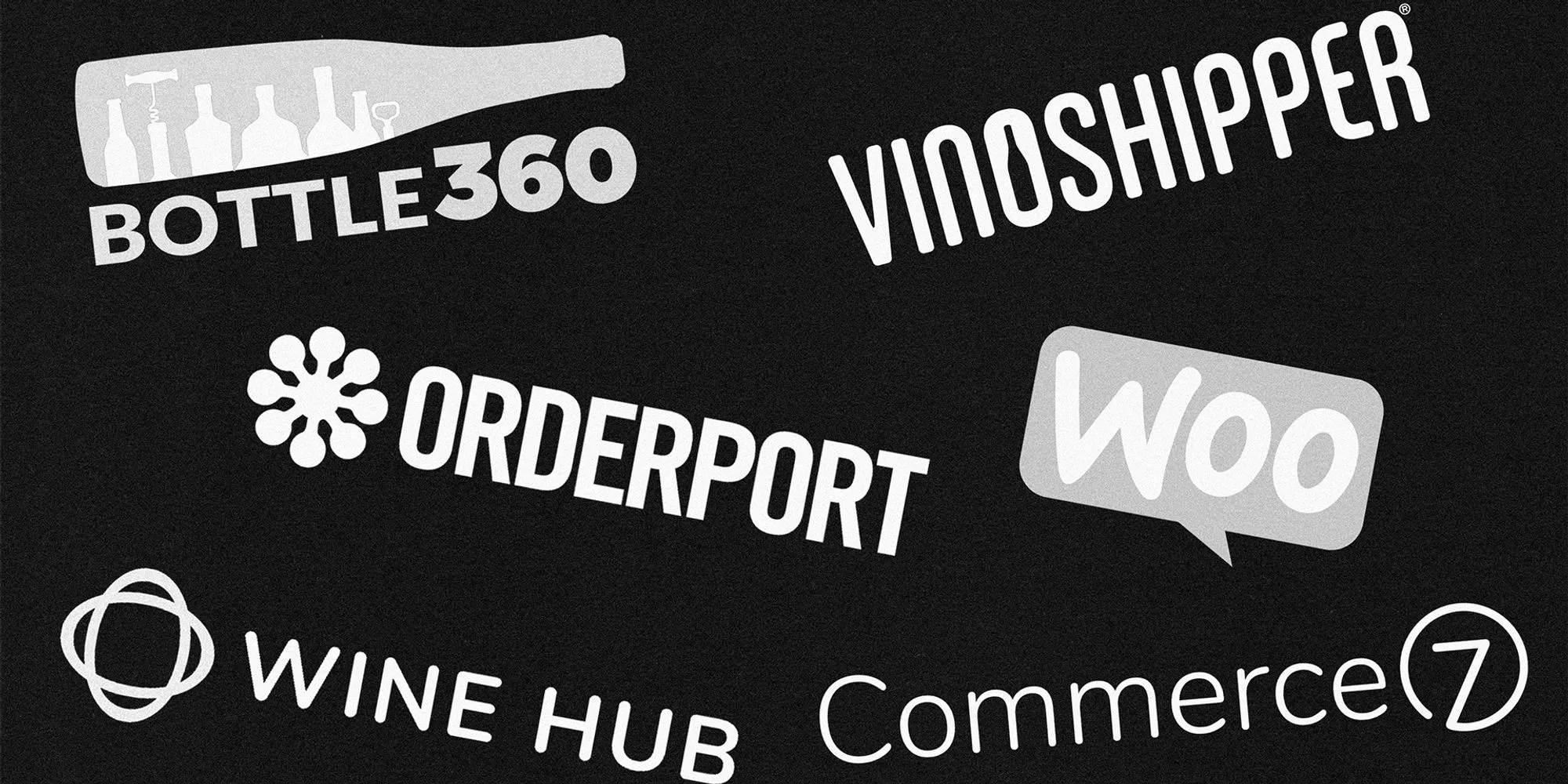Alternatives to Commerce7
Wine commerce options for businesses affected by Commerce7's acquisition of WineDirect.
Published by Mary Welsh
January 21, 2025

Commerce7's Acquisition of WineDirect: What's Next?
If you’re reading this, then you’re probably aware that on January 16th, Commerce7, the leading provider of DTC solutions for wineries, announced that its parent company, FullSteam, had acquired WineDirect’s SaaS division. WD controlled a sizable portion of the market, particularly the small-medium sized wineries, the same ones who are now bearing the brunt of change and the challenges of a shrinking market. Allegedly, WineDirect will remain operational for the next two years, but beyond that point, businesses have two options – transition to Commerce7 or find another solution.
Now, Transom has worked with Commerce7 since its inception, and we love it for its functionality and modernity. It allows us to push the envelope and build flexible, brand-forward sites that simply put, sell more wine than other platforms. But, what if you don’t want to or can’t transition to Commerce7? We’ve gathered together some competitive options to help you determine what’s best for your business.
Vinoshipper
Getting the right licenses to sell wine in other states is a hassle. Unlike other platforms, Vinoshipper serves as the legal merchant of the wine you’re selling – meaning that you can focus your time and energy doing what you do best and avoid spending time acquiring and maintaining the proper licenses. What VinoShipper lacks in high-level design and flexibility, it makes up for in the time it saves in paperwork, making it an attractive option for both startup wineries and established enterprises. They even recently integrated with SimpleTexting, a leader in compliant SMS alcoholic beverage marketing, to make it easier for you to leverage SMS-based marketing in your wine business.
Bloom Commerce
For wineries looking to move from WineDirect or Commerce7 to Shopify, Bloom Commerce offers a robust alternative designed specifically for the wine industry. For the past 9 years, if you wanted to sell wine on Shopify, Bloom Commerce was the way.
Bloom stands out for its support of both traditional and modern membership models. Their highly customizable "wine club release" system is designed to ease the transition for wineries looking to maintain legacy membership structures while exploring more advanced subscriptions. The platform also provides built-in integrations with ShipCompliant and AvaTax, making compliance effortless for wineries with complex operations.
With a strong track record of enterprise success (Constellation Brands and Treasury Wine Estates are customers), Bloom combines proven reliability with a focus on clean, user-friendly interfaces for both administrators and customers. Backed by nine years of experience in Shopify and DTC sales, Bloom is a compelling option for wineries seeking a scalable e-commerce solution. And, if you need some design assistance, Bloom has their own in-house studio and design many of their sites.
Wine Hub
This service leverages Shopify’s ecommerce tools to help seamlessly sell wine on-line and on-premise. From expanding your reach through powerful marketing tools, to managing your business and even your inventory, WineHub is great for those wineries who are already familiar with Shopify’s platform and who want an e-commerce platform that can grow with them. Wine Hub also opens up multiple POS for in-store purchasing so you can optimize your margins and apply specific pricing for each channel. And, if you need some additional support, they can help you migrate over, making the process hassle and headache free.
Bottle360
Easy to use, customizable and relatively cost-efficient, Bottle360 offers a great e-commerce solution for wineries, complete with tasting room POS, extensive wine club features and even marketing options such as customer segmentation, targeted marketing tools and Mailchimp integration. You can even use Bottle360 to elevate the overall customer experience (and consequentially, boost your online sales) through features like their purchase portal which allows consumers to revisit their favorite past purchases and recreate previous orders (one of our favorite ways to boost online sales and optimize your website). While you don’t have to use their POS and e-commerce services together, we’d recommend it as it makes reconciliation easier and simply makes your life easier.
Orderport
Although it remains somewhat popular in the Pacific Northwest, Orderport hasn’t grown with the times. While it does offer some flexibility with wine club and allocation structures, the overall architecture remains outdated and the user experience is lackluster. We can’t say that we recommend this one, but many wineries find it an acceptable solution – even those with multiple locations.
WooCommerce, Squarespace, Etc.
In our research a significant number of wine websites are powered by platforms like WooCommerce, Squarespace, Drupal, etc.. WooCommerce alone has 27% of the market share and powers nearly 13% of all existing e-commerce sites. However, these systems are not wine specific, offering neither wine club functionality nor wine compliance tools built in, so we can’t say we recommend them for most wineries. That said, we have seen some low-volume wineries make them work. Our recommendation? If you’re looking to scale your online revenue, look to one of the bespoke wine e-commerce platforms.
Big Decisions Ahead
This is all to say that there are a lot of systems out there. We have been working with Commerce7 since its inception and it remains our go-to recommendation for most wineries who are serious about generating e-commerce revenue. However if your business isn’t wanting or isn’t able to transition to Commerce7 for any reason, you’ve got a host of viable options.
If you have questions about wine commerce, send us an email at hello@transom.design or book a free consultation.